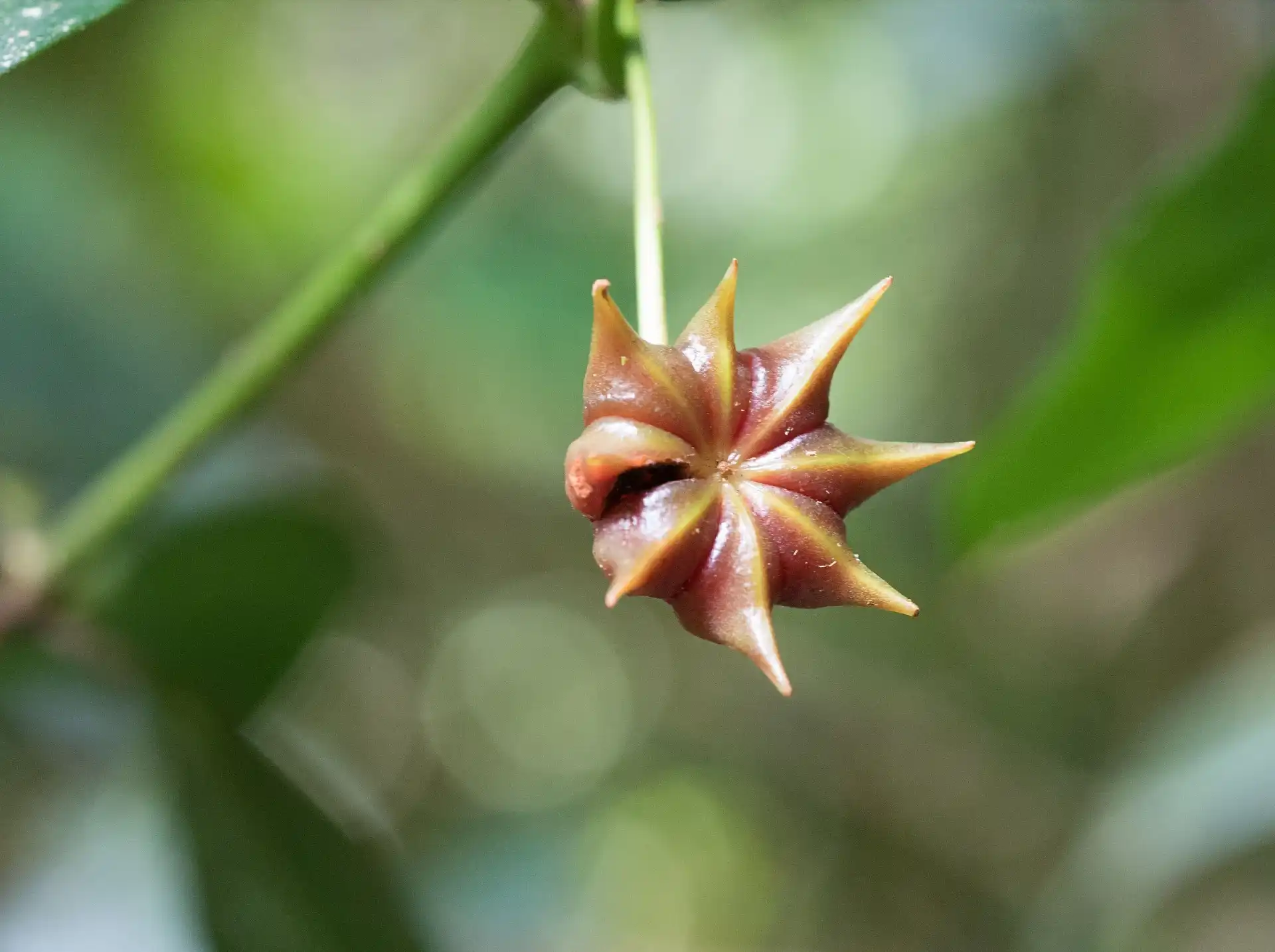Spice of the Soil: Delving into Star Anise Cultivation in India
Star anise is an aromatic spice that resembles a star and is highly valued for its distinct flavour and aroma. It has some health advantages beyond just taste. Star anise gives food an extra flavour boost. We can identify India’s cultural and culinary legacy based on our knowledge of star anise cultivation there.
Understanding the cultivation process is essential to ensuring the long-term sustainability of star anise cultivation in India and the quality of the spices produced.
The Origin and History of Star Anise
The scientific name for star anise is Illicium Verum, from southwest China—a rich cultural and culinary legacy. Initially used in Chinese medicine, this healing spice eventually entered Asian and Middle Eastern cuisine. Star anise is a common ingredient in many kitchens worldwide, appreciated for its flavour and possible health benefits. It gives a distinct taste to a variety of dishes. Star anise is a spice from an evergreen tree.The Farmers have developed better growing practices for star anise cultivation in India and found the perfect growing conditions over time to produce high-quality and highly demanded spice ” Star anise”.
Environmental Conditions and Soil Requirements

Basil Thomas
About the Author
Basil, the visionary behind PureLeven, seamlessly fuses his hands-on farming experience from his parents' labor. Guided by nature's lessons, Basil directly sources premium products from Kerala's farms, embodying a profound commitment to ethical commerce, sustainability, and authentic quality.
Email: purelevenexim@gmail.com
Phone/WhatsApp: +91 8075519579
The ideal climates for growing star anise are tropical and subtropical regions with consistent rainfall and no frost. It needs well-drained, fertile soil with a pH of 6.0 to 7.5. Both lots of airflow and much organic matter in the soil are necessary for healthy roots. Star anise’s ideal growing temperature range is 15 to 35 degrees Celsius (59 to 95 degrees Fahrenheit).
Furthermore, the plant flourishes in soils that maintain moisture well without becoming too wet. Soil moisture and organic matter are essential for star anise cultivation to prevent the decay of roots and promote healthy growth. Star anise prefers slightly acidic to neutral soil. To ensure productive and excellent star anise cultivation in India, the farmers must carefully evaluate the soil and environmental requirements to establish the ideal growing environment for star anise.
Main areas of star anise grow in India
Star anise comes in different types, which might have variances in their taste and appearance. Now let’s get to know a few of them. The sweet, star-shaped spice known as star anise is mainly grown in Arunachal Pradesh, Assam, and Meghalaya in India because of the climate and soil, making it ideal for cooking. The best places in India to grow star anise are Arunachal Pradesh, Himachal Pradesh, and some hilly areas in the northeast due to the climate and soil. This spice, which has culinary and medicinal uses, is grown by local farmers and has a strong aroma. These areas’ temperature, climate, and altitude offer the ideal conditions for them to thrive.
Indian Star Anise: Tamil Nadu, Kerala, Karnataka, and Andhra Pradesh are the states in which this variety is grown.
Taste: It has a milder flavour that works better in recipes, calling for a subtle licorice taste rather than the well-known Chinese star anise.
Use in Cooking: Indian star anise lends a delicate aroma to masalas and spice blends without overpowering the overall flavour, which makes it a popular ingredient in traditional Indian cooking.
Medicinal Value: It is sometimes used for possible digestive benefits in Ayurvedic practices, which adds to its role in herbal remedies.
Regional Influence: The climatic and soil variations among India’s regions account for spice flavour and aroma variations.
Planting and Propagation Techniques
The star anise cultivation in India requires well-draining soil and stratification in order to propagate. Let’s know about planting and propagation techniques of star anise.
Seed Gathering and Preparation
Gather mature star anise fruits, clean, remove seeds, stratify, and keep in a cool, wet environment for a few weeks to induce germination and break dormancy.
Direct planting or nursery sowing
Plant stratified seeds at a depth of 1 to 2 centimetres in well-draining soil in a nursery. Till the seedlings appear, maintain the area warm and damp. Plant the seeds in the field where there are no weeds.
Handling Seedlings and Planting
Seedling care involves selecting a suitable site with partial shade, fertile soil, adequate spacing, regular watering, and mulch to ensure proper growth and suppress weeds.
Cultivation and Upkeep
Star anise plants require regular pruning, mulching, and irrigation to maintain a constant moisture content. Their ideal growth is facilitated by protection from strong winds, and they flourish in subtropical to tropical climates. For the sustainable star anise cultivation in India, It’s required organic farming and finding the best location for planting and water resource conservation, and seed propagation.
Seasonal Care and Maintenance
Seasonal care is needed to keep star anise plants healthy. In addition, plants require regular watering, mulched soil to hold onto moisture, shaping pruning in late winter or early spring, improved air circulation, and shelter from strong winds during stormy seasons. Star anise plants must be checked often because they are prone to pests and diseases.
Diseases and pests quickly attack Star anise plants, so inspecting them for problems periodically is essential. Neem oil is one natural remedy that can help with pest control. Proper watering and avoiding waterlogged soil prevent diseases.
During spring pruning, ensure good air circulation and protect plants from strong winds. Regular monitoring and quick action are essential for maintaining the health of star anise plants throughout the seasons.
Harvesting and Post-Harvest Processing
Star anise cultivation in India relies on optimal harvesting in late autumn to ensure fully developed and flavorful seeds. Post-harvest processing is crucial to preserve the spice’s quality. To reduce moisture content and extend shelf life, farmers dry fruits in the sun or with controlled techniques.
After the seeds are removed, the spice is prepared for distribution. An excellent product is delivered to markets and customers through proper post-harvest processing, which maintains the distinctive candy flavour and aromatic qualities.
Economic Impact and Market Trends
The cultivation of star anise highly depends on the economy of India, which boosts the country’s spice trade and pays farmers. The spice’s unique flavour and aromatic properties are responsible for its widespread appeal. As people become more health conscious, this spice’s potential medical benefits are driving up its popularity. The distinctive qualities of Indian star anise continue to draw customers and improve the standard of living for those engaged in its trade and cultivation.
Sustainable and Organic Practices
The long-term viability of the industry and the wellbeing of the environment can both be enhanced by the use of sustainable and ecologically friendly methods in the star anise cultivation in India. Because they don’t use chemical fertilisers or pesticides, organic farming methods improve soil quality and have a negligible negative environmental impact.
- Crop rotation: Crop rotation helps preserve the equilibrium of the ecosystem, increase soil fertility, and lower the number of pests and diseases. Star anise is one crop to rotate like this.
- Companion crop planting: Companion crop planting helps conserve biodiversity by drawing beneficial insects, preserving natural habitats, and reducing the need for chemical interventions.
- Natural pest control methods: The pest control mechanisms are one of the organic practices for star anise cultivation in india. Introduce birds that feed insects Ladybugs and predatory birds are natural pest controllers.
- Watering techniques: Drip irrigation is one efficient way to save water and prevent waterlogging, which can lead to root diseases.
Conclusion
Star anise cultivation in India is vital to the country’s economy and global market. Crop rotation, organic farming, and water conservation are examples of ecological practices that are becoming increasingly important. These practices safeguard long-term sustainability of the industry. Star anise buy online to get high-quality, ethically sourced them, which benefits farmers, consumers, and the industry.

